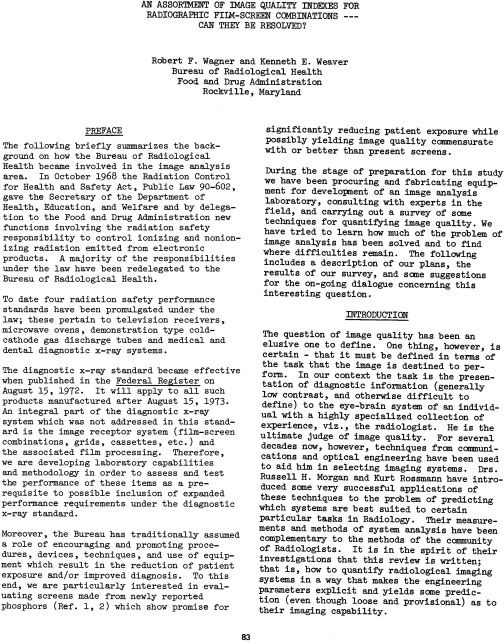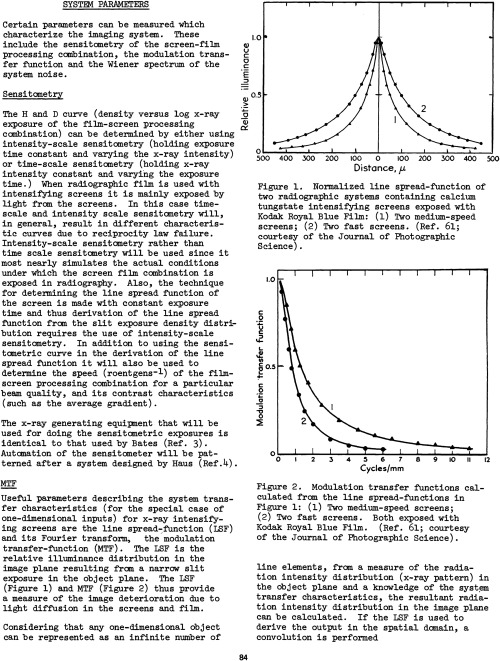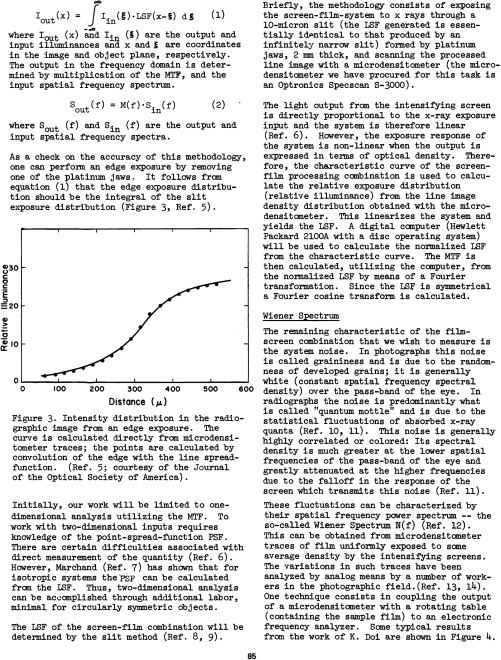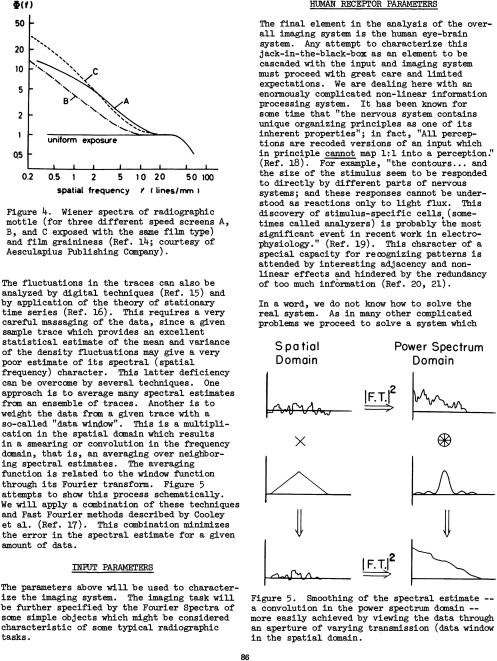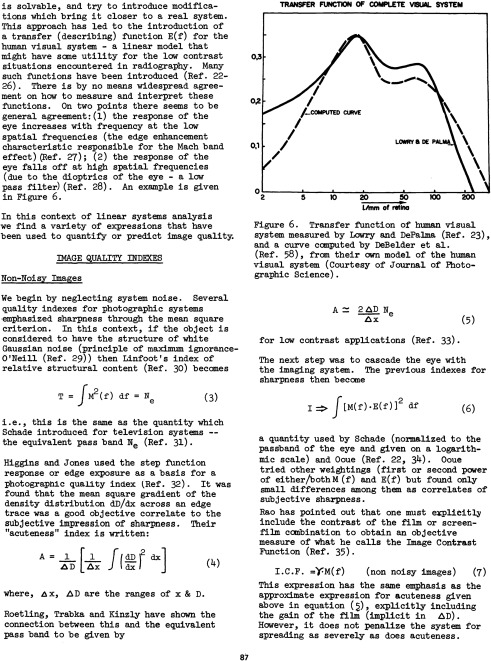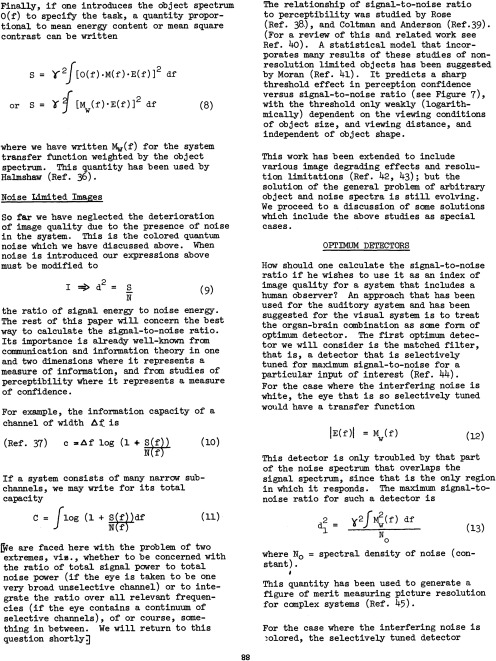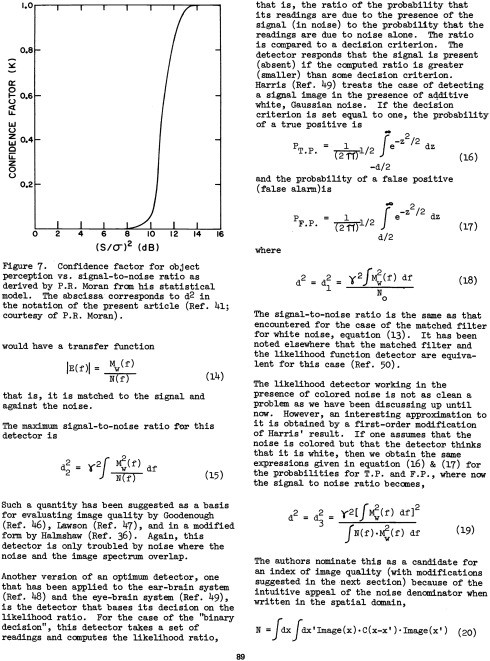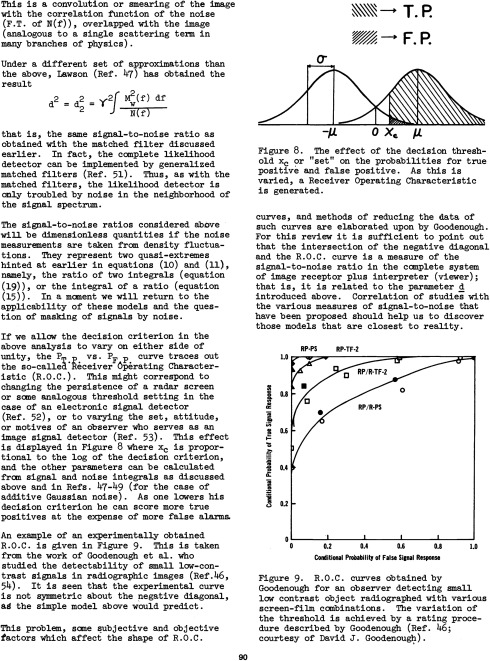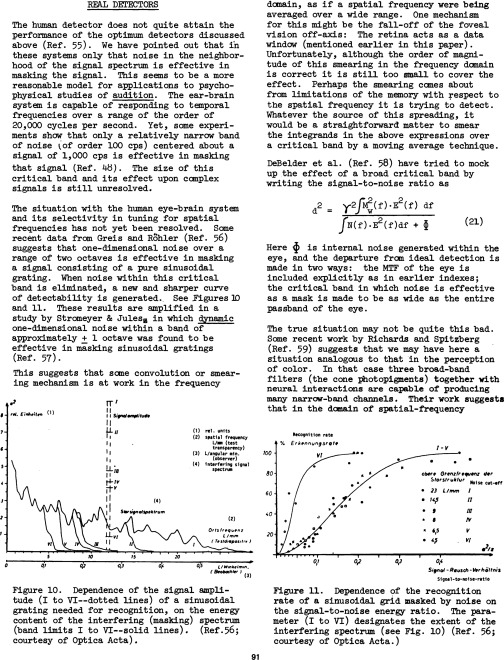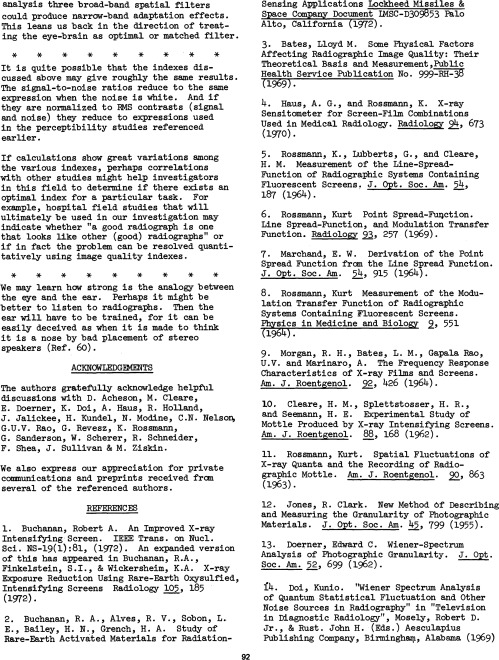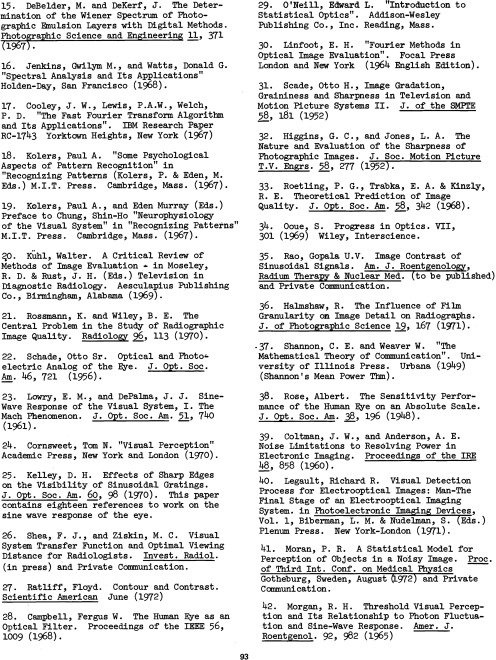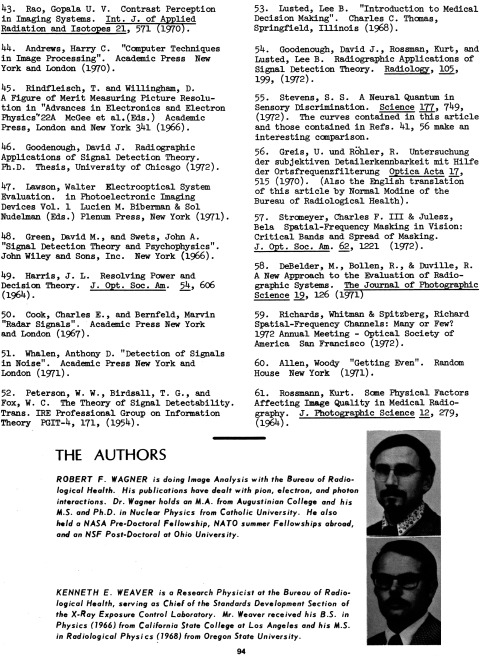Abstract.
Robert F. Wagner wrote his first SPIE paper1 in 1972, within the first year of his joining the Bureau of Radiological Health, the precursor to the FDA’s Center for Devices and Radiological Health. He had been hired to build a laboratory and develop methodologies for assessing the performance of diagnostic x-ray systems, in support of the passage of the Radiation Control for Health and Safety Act. In that first year, Bob met with leading scientists in medical imaging as well as other specialties including vision, communications, and television. He formulated a risk-benefit approach to his work, recognizing that the patient exposure associated with the creation of a medical image needed to be considered in light of the usefulness of that image. Bob’s manuscript, reprinted in this special section of the Journal of Medical Imaging, provided an insightful review of the image quantification field, including modulation transfer functions, Wiener spectra, and the basis for receiver operating characteristic curves, along with a bold statement that laid the foundation for the entire field of medical imaging assessment to follow, that image quality “must be defined in terms of the task that the image is destined to perform.”
Kyle Myers, Guest Editor
Weijie Chen, Guest Editor
U.S. Food and Drug Administration
References
- 1.Wagner R. F., Weaver K. E., “An assortment of image quality indexes for radiographic film-screen combinations—can they be resolved?,” Proc. SPIE 0035, 83–95 (1972). 10.1117/12.953665 [DOI] [Google Scholar]



